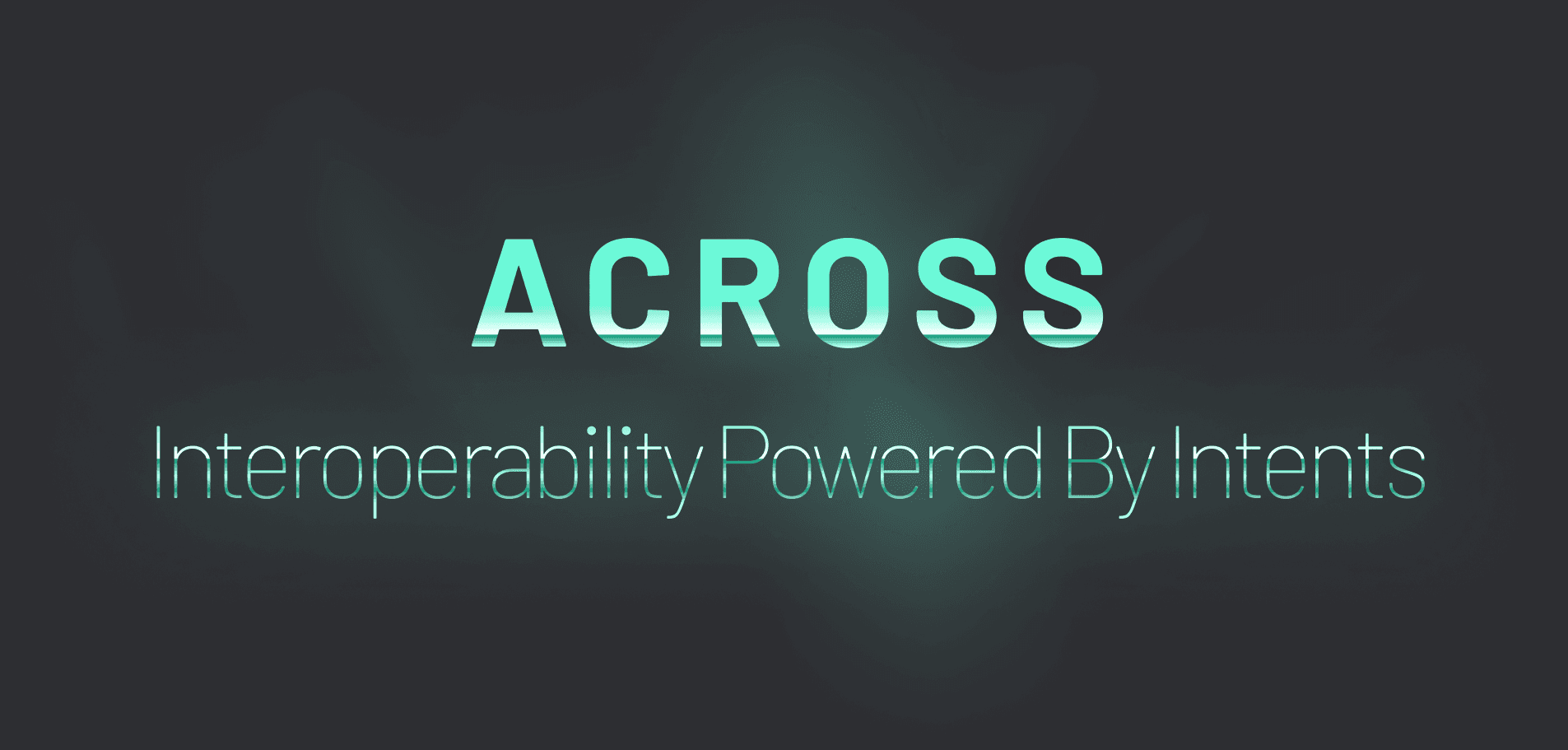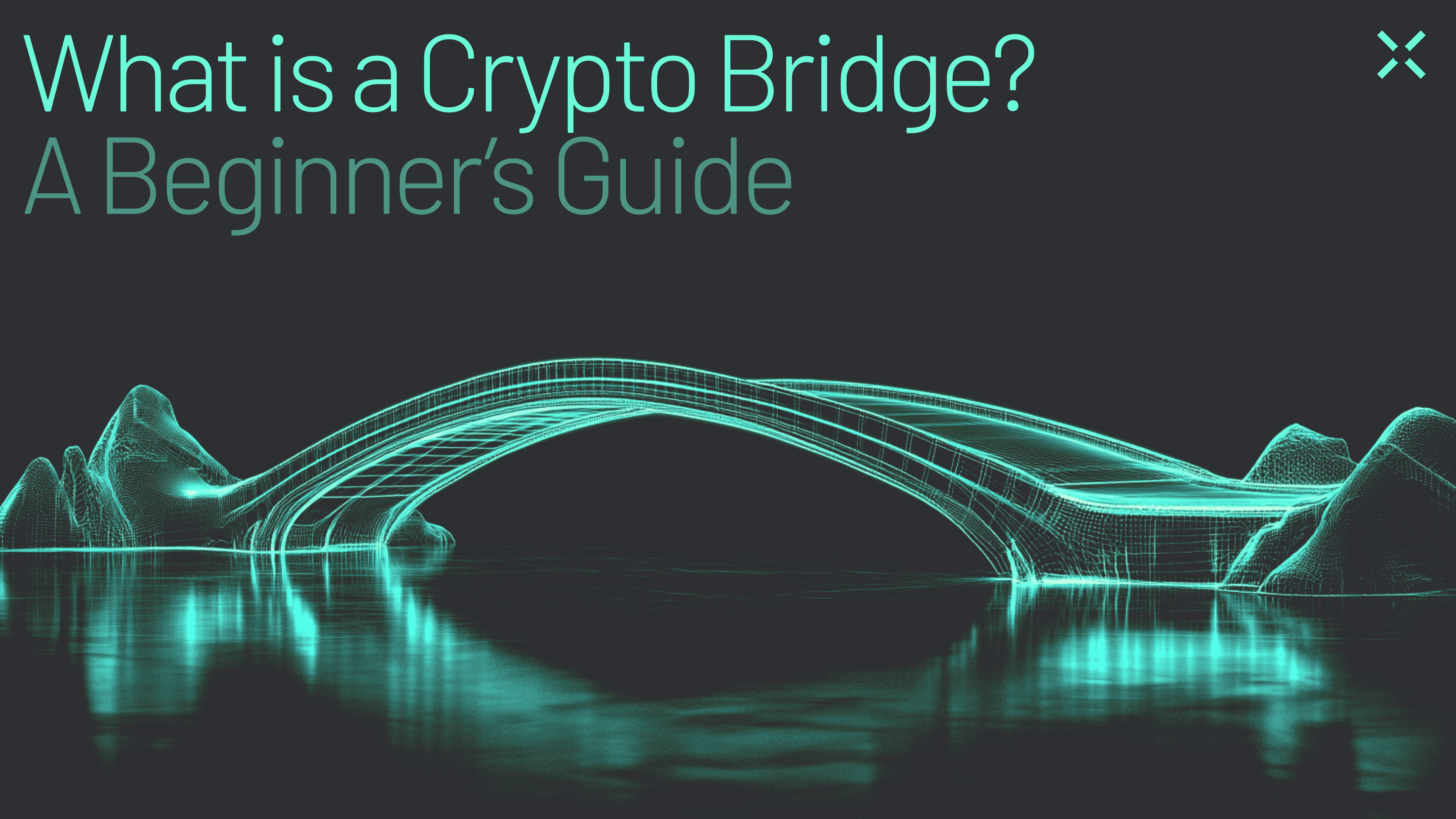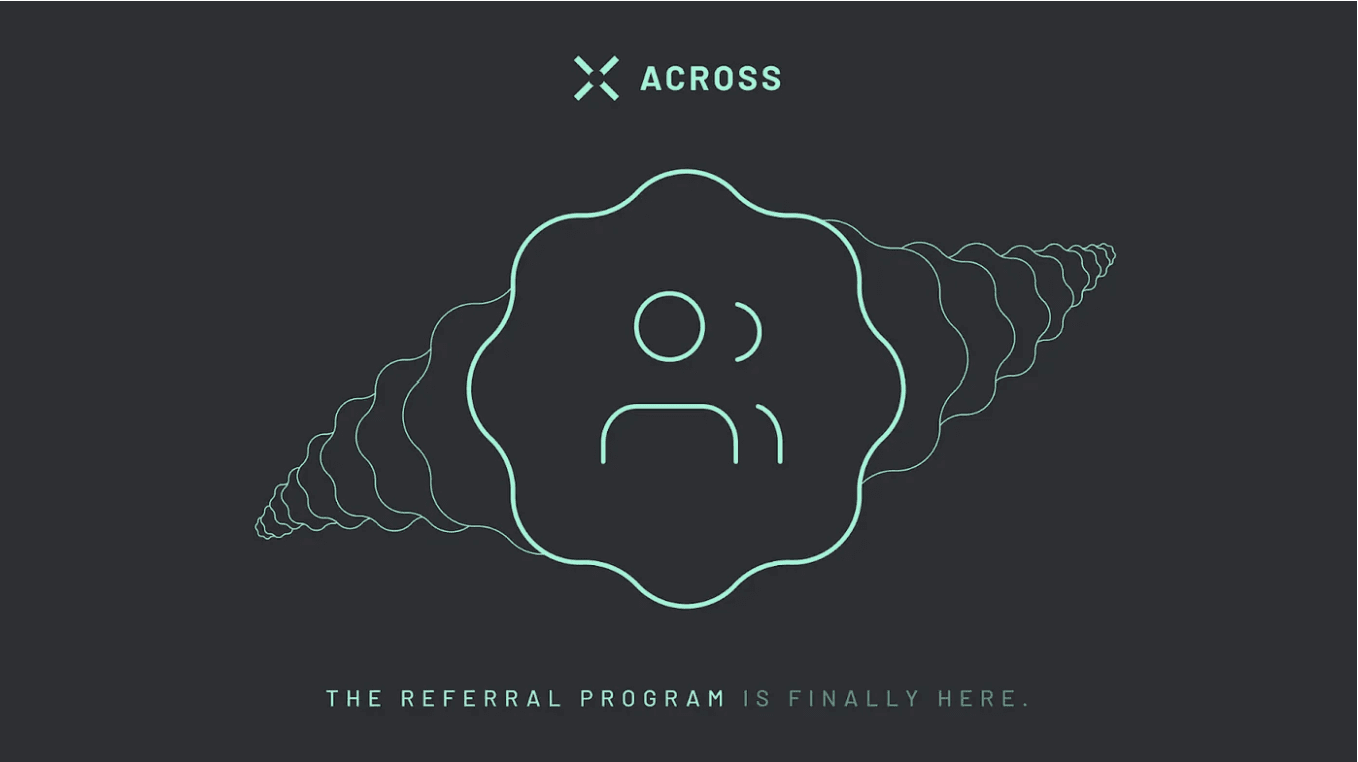Tl;dr — We’re learning what it means to be on the same team even when we’re working asynchronously, and finding connection in moments where we struggle to feel it.
Background
In my last Across DAO update, I drew the comparison between building a DAO and raising a child. To this day, I use that as my north star to help define what progress and growth look like for our community. When you look at everything through that lens, it feels really good to talk about the growth of this community. We have so many high-quality contributors who show up day in and day out to pour their heart and soul into Across. They’re genuinely kind, smart, and ambitious individuals who are having a tangible impact on the protocol! Any parents reading along will recognize that this is all you could ever hope for your child.
Of course, growth doesn’t come without growing pains, and it would be disingenuous to pretend that we haven’t had our fair share of those. For this update, we’ll take the opportunity to dive into that a little more and reflect on some of the hurdles we’ve encountered in our token proposal process.
Token Proposal
In case you missed it, I’m pleased to share the news that we have a token proposal being discussed at length in the Across Discord and on our forum. You can check it out here.
As a reminder, Risk Labs is the foundation that built and currently maintains Across. They’ve promised to give full ownership to the community, and to turn over the responsibilities of ownership to the DAO as it demonstrates that it’s ready to handle these things. In the past, we’ve called this “radical distribution of ownership and progressive distribution of responsibility.” This token launch represents the radical distribution of ownership, and it’s a big step in helping this community evolve into a DAO.
The proposal has been live for a couple of weeks now, and at this stage it seems like most people conceptually support it. However, the road to this point has not always been so smooth, and there are still many details that need to be agreed upon in order to achieve a fair fair token launch. By choosing the path of progressive decentralization, we’ve elected to suffer through the uncomfortable moments in the hopes that we come out stronger on the other side. As someone who represents both Risk Labs and the community, I’ve had a really unique opportunity to see these struggles from both “sides.” Here’s a look at what that discomfort feels like from two different perspectives, as it pertains to the token proposal.
Risk Labs Experience
The token proposal in question was submitted by Kevin, who is the Risk Labs treasury management wizard. If you haven’t met Kevin, he’s a brilliant, funny, and open-minded dude who always welcomes feedback on his work. The reward locking mechanism was originally Kevin’s idea, and it’s intended to feel like a game that rewards folks who HODL their rewards rather than claiming them. He went through several versions of this proposal with varying levels of complexity before deciding to share it publicly. All along the way, he bounced ideas around with his Risk Labs peers to try and get it right. Here are just a few of the questions that came up in those conversations:
Are we giving the community a proposal that’s appropriately detailed? Is it too much? Is it not enough? What are the components they will want to see in a token proposal?
Are we setting anchor points while also asking for community input? What are the things that we shouldn’t be deciding on? What are the things that we should provide guidance on?
Is it our place to recommend a governance model in this proposal? Are we doing a disservice to the community if we don’t suggest a starting point?
Are we incentivizing the right players in the Across ecosystem? Will the community feel valued by the tokens allocated to them? Are we sufficiently blocking out airdrop hunters?
In the end, it was decided that the reward locking mechanism was the star of the show, so many of the ancillary details were trimmed down in an effort to achieve a simple starting point.
With that, the proposal was set free to be discussed by anyone and everyone. It was time to let the world weigh in on this gamified idea for a token, and to be honest, it was a terrifying moment. Risk Labs wanted the community to love it and to feel loved by it. This is, after all, for the benefit of the community, so it felt really important to make sure that this was something they’d be proud of. Risk Labs has historically struggled with community collaboration due to the fact that they like to move quickly on things. While they wanted to provide a starting point, they had really high hopes that this would be well received as an invitation to join them in the discussion process.
Community Experience
The community had been casually discussing token ideas for a while when they caught wind of a token proposal coming out of Risk Labs. One token proposal became a few different token proposals, and yet none of them were ready to be released for discussion. Even though everyone was dying to jump into the conversation, they patiently held their breath and waited for a draft to be released.
After what felt like forever, the proposal was posted on Forum without enough context, and without any proper articulation of what the discussion process should look like. This was definitely an oversight by me (Britt) that created some hurt feelings. Many of our community members are new to DeFi, so this might have been the first forum proposal they’d seen. In that light, it’s easy to see why some folks felt like they were excluded from the process and had this dumped on their heads from Risk Labs. Here are just a few of the questions to come out of the community after the proposal was released:
Is this the final version of this proposal? How come we weren’t given the opportunity to contribute? Wasn’t this supposed to be decided by the community?
How were these airdrop numbers decided? Is it really fair fair to include people just for being present in the discord?
Are we doing anything to account for the farmers and airdrop hunters? How can we have productive conversations with all of the new noise to the server?
How is Risk Labs going to engage with us on this? Do we really have an opportunity to ask for changes that we think make it a stronger proposal?
Rather than being energized and excited at the proposal, the most engaged community members felt rather hurt and discouraged by the way it was presented to them. It didn’t feel at all like an invitation to collaborate and created some doubt on whether this whole thing was too good to be true.
A critical moment
It’s a bit cheesy, but I do believe that you can tell a lot about someone by how they navigate difficult moments. In the face of adversity, it’s easy to shut down and walk away or yell about why you must be in the right. This purely instinctual path is what we’re referring to when we talk about “fight or flight.”
One of the dreadful hallmarks of the toddler stage is that this is their full-time reality. To a toddler, any threat to their autonomy will trigger this fight or flight reaction, and it’s an intensely emotional experience for them. In fact, you can be sure that your kiddo has grown out of this stage only when they are able to reason through difficult situations without a meltdown.
To take it one step further, it’s really difficult to be vulnerable about your feelings and demonstrate empathy for the feelings of others. To do this is to display a properly respectable amount of maturity. And here’s the really special part: that’s exactly what happened.
We hit the pause button, talked about the opportunities for improvement, made the appropriate apologies for missteps, found clarity around the proposal process, and agreed to move forward together.
This is what growth looks like
Strong communication is something that will always feel like a moving target in Web3. It’s really hard to get right, and when you get it wrong, you can actually feel the tension and doubt that it creates.
We’ve chosen a DAO building model of progressive decentralization because we believe it allows for the best possible outcome for Across, but the truth is that it can be deeply uncomfortable to be a part of this model. This is in part because roles & responsibilities are always shifting, and in part because the desired end state looks much different than the present state. Unfortunately, this means that for many it will not always be clear that we’re on the same team. It’s one thing to say it, but something entirely different when you feel it.
This token proposal has demonstrated what happens when we don’t feel like we’re on the same team, how we can realign, and how we can be stronger as a result. By practicing vulnerability and creating the opportunity to come together as one team, we are growing out of our toddler stage. We’re learning that when we believe we’re on the same team, it puts to rest a lot of those fearful questions above.
Building a DAO is messy, but there is nothing in the world more rewarding than reaching major milestones. This is the beginning of one of those moments, and I hope you’ll continue to follow along as we grow!
- Written by Brittany Madruga

Across Protocol is an intents-based interoperability protocol, capable of filling and settling cross-chain intents. It is made up of the Across Bridge, a powerfully efficient cross-chain transfer tool for end users, Across+, a chain abstraction tool that utilizes cross-chain bridge hooks to fulfill user intents and Across Settlement, a settlement layer for all cross-chain intent order flow. As the multichain economy continues to evolve, intents-based settlement is the key to solving interoperability and Across is at the core of its execution.





